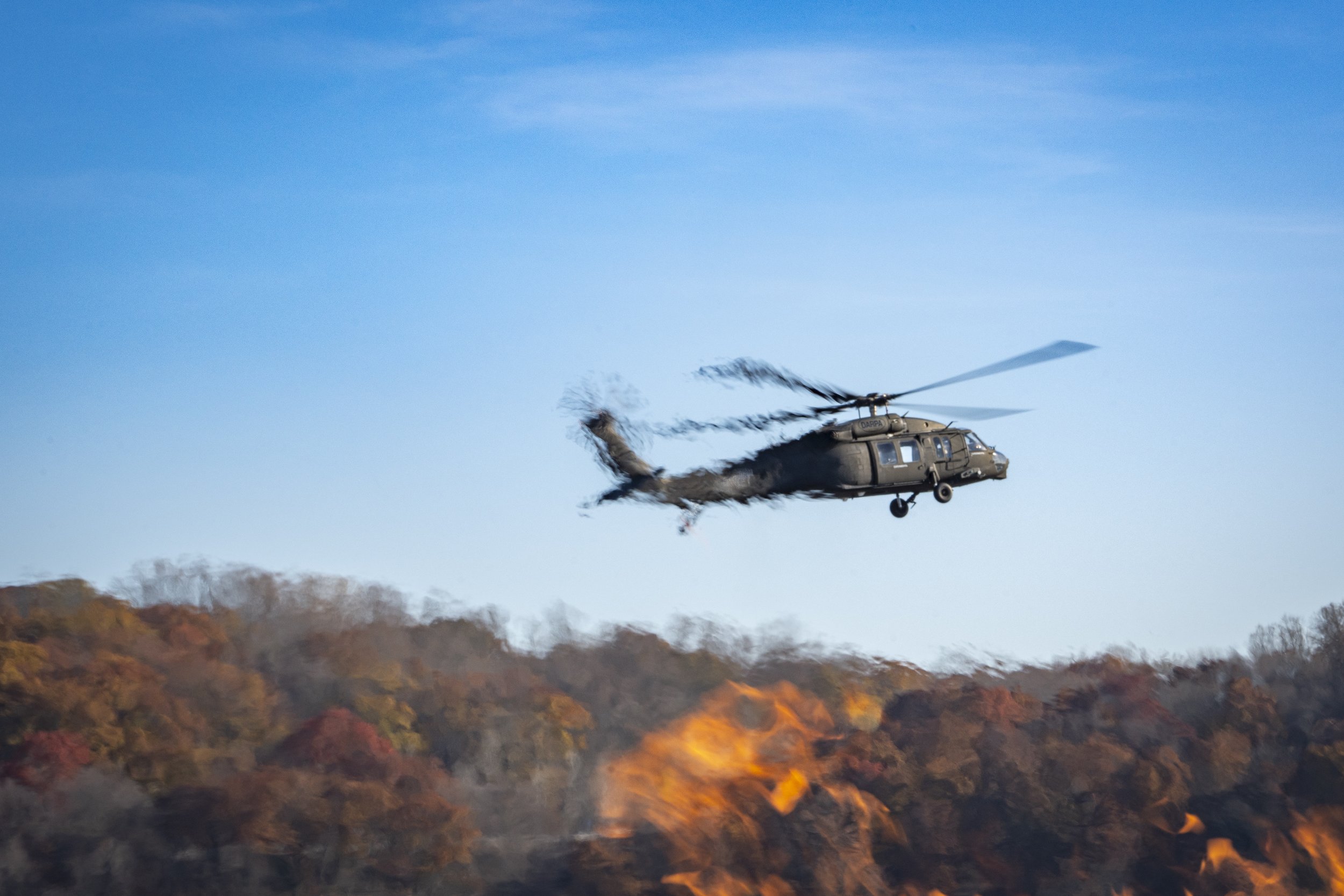
Rain in the News
-

From the outside, it might look like just another Firehawk helicopter. But one might say—it's the firefighting helicopter of the future.
—ABC Eyewitness News
-

“As we experience these more frequent and severe fires, expanding response capacity to include being able to respond at night in smoky conditions, and in high winds, becomes more important.”
—Los Angeles Times
-

Clearly the infrastructure we have right now isn't working—or isn't enough—and these startups are underpinned by the type of disruptive thinking that might really make a difference.
—The Information
-

What happens if you set a region full of technology entrepreneurs and investors on fire? They start companies. Dozens of start-ups, backed by climate-minded investors with more than $200 million in capital, are developing technology designed to tackle a fundamental challenge of the warming world.
—The New York Times
-

To see technology evolve to this space where we can do autonomous flight, we can have safe operation, and we can have technology from an AI standpoint that can drive the mission, not only understanding the ignition, finding it, getting water, coming back and doing the suppression was absolutely amazing.
—Dr. Lori Moore-Merrell, US Fire Administrator
-

Even when a wildfire is detected quickly, firefighters sometimes can’t arrive soon enough to stop it. Rain makes software that gives autonomous helicopters the ability to respond to wildfires.
—Fast Company
-

More and bigger wildfires mean more communities and infrastructure at risk, and more carbon dioxide entering the atmosphere as forests are destroyed. Bigger blazes are also putting more pressure on firefighters, just as the industry is facing a labor shortage.
—BNN Bloomberg
-

Sikorsky helicopters and autonomous aerial wildfire containment technology company Rain recently demonstrated that pilots don't have to be in the cockpit to fight fires with precision.
—Flying
-

Inteligencia artificial y helicópteros autónomos: la nueva estrategia contra incendios en California.
—Univision
-

The permafrost in Alaska contains 1,400 gigatons of carbon. That exceeds all the CO2 that is currently in the atmosphere. And Alaska, like Canada, is experiencing unprecedented scale and severity of wildfires that’s threatening the permafrost, which contains this huge store of carbon. Really we have a limited time to act in order to prevent this climate flywheel from getting out of hand.
Climate Correction The Podcast
-

Although nobody moves at the speed of a wildfire, the startup Rain is working on a way to potentially knock out the flames before they have a chance to accelerate.
—ABC7 News
-

Whether you’re passionate about environmental sustainability, intrigued by technological advancements, or simply eager to learn about the latest developments in wildfire prevention, this episode is a must-listen.
—All Things Wildfire
-

As the nation grapples with the trend of longer, more intense fire seasons, the continued development of a swifter initial attack becomes even more important.
—Government Technology
-

“By combining Sikorsky’s Matrix aircraft autonomy system with Rain’s wildfire mission autonomy capability, we have shown the potential to put out a wildfire in its initial stage before it becomes a huge problem,” said Igor Cherepinsky, Director of Sikorsky Innovations.
—Rotor Pro
-

We hope the ambitions of the American Dynamism 50 spark conversation and inspire optimism in America’s future.
—a16z
-

Rain's tech enables fire agencies to deploy sensor-laden drone helicopters in high-risk spots to identify fires before they spin out of control and suppress fires when they are first detected.
—Canary Media
-

Forbes sat down with entrepreneur Maxwell Brodie at the 2023 UP.Summit to talk about his venture Rain Industries, a software startup that creates tech to empower firefighting aircraft to autonomously suppress wildfires before they spread.
—Forbes
-

They’re collaborating with Sikorsky, which has already developed the tech for a Black Hawk helicopter to be able to fly itself.
—Popular Science
-

“Operating uncrewed, and deployable 24/7, the integrated offering would provide fire agencies the ability to rapidly respond to ignitions in hard-to-access regions in varied terrain, supporting fire agencies with new tools in their mission to prevent catastrophic wildfires in the areas they serve.”
— Vertical Magazine
-

"Why it matters: Wildfires are a massive and growing climate problem across the globe, and fire agencies need better tools to stop them more rapidly."
—Axios
-

"If we could just stop extreme wildfire it would have a massive and fast impact on our global carbon emissions, which is a huge opportunity."
—Bill Clerico on CNN
-

"We are taking a crawl, walk, run approach to integrating into the national airspace. The wildland urban interface is the ideal location for deploying this technology."
AirMed & Rescue
-

“We need the cooperation and the investment that comes from the private sector that is led (by) the investments that have been made by the public sector.”
—Congresswoman Anna Eshoo
-

“Just watching wildfires become the really big crisis that it is, and having a real vested interest in the outdoors, led me down this path,” Bill Clerico, the former co-founder and CEO of fintech WePay, said. “I started thinking about how technology could be a solution.”
— TechCrunch
-

“Wildfire season is now two months or more longer than it even was just a few years ago," Sen. Josh Becker, D-San Mateo, said. Last year, 4.2 million acres burned, five of the six largest fires in state history burned simultaneously.
— The Daily Journal
-

“You’re looking for force multipliers," said Steve Blank, who invests in Rain, a startup making retardant-dropping drones. "How do we fight this exponential growth (in wildfires) without exceeding the gross domestic product of California?”
—Mercury News
-

“We need new tools," Todd McNeal, the Dixon Fire Department Chief said. "We need to embrace whatever technology is out here." McNeal told FOX40 he likes the Rain System because it’s adaptable to any region, any fuel type and any terrain.
—Fox40
-

“We are going after and solving the rapid response piece,” Max Brodie said. The aircraft could take to the air as soon as flames are detected by the hundreds of fire-spotting cameras already positioned throughout California, existing lightning-strike-detection antennas or weather satellites.
—Mercury News





